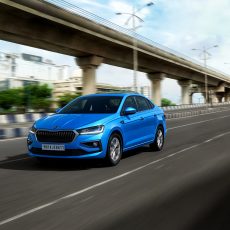Are evolving diesel plug-in hybrid electric vehicles the most sensible solution for the present-day environment crisis? The Mercedes GLE 350 de 4MATIC answers that question rather emphatically.
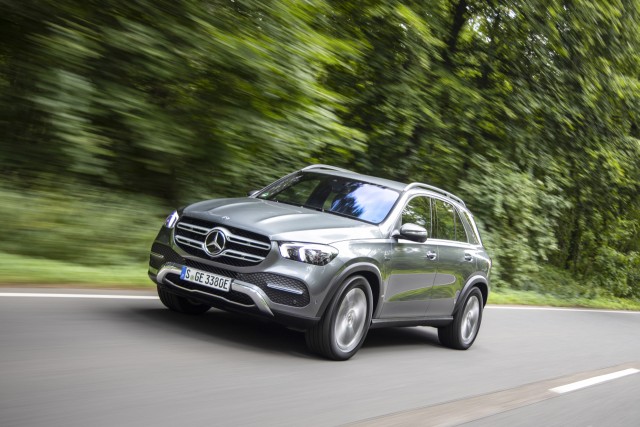
Story: Jim Gorde
Photography: Daimler AG
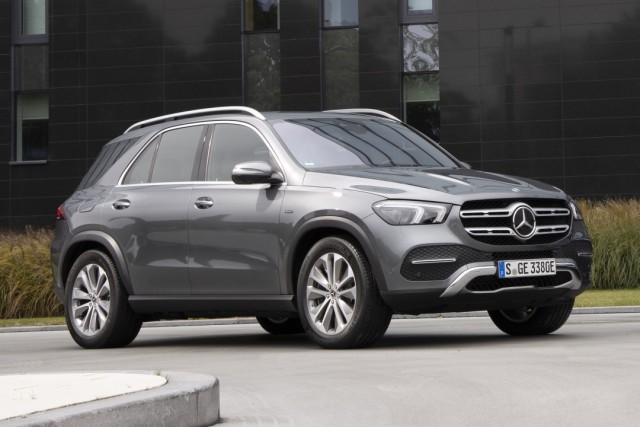
We are experiencing a paradigm shift worldwide. Many developed nations have infrastructure built to support fossil-fuelled vehicles and are now making way for electrified vehicles with the installation of electric vehicle (EV) charging points. These points have formed a subculture, an ecosystem, that coexists with convention. Now, though, convention is fast changing.
Hybrid vehicles, plug-in hybrid electric vehicles (PHEV) and fully electric vehicles (EV) are gaining momentum in urban minds and are slowly eking out a larger share of the automotive pie. Developing nations, with whatever infrastructure exists, are clogged with low-cost, mass-produced forms of personal mobility simply because many of the people don’t have reliable or affordable choices or a clean, safe, and dependable public transport system with modern solutions. Climate change is real and is a threat that must be addressed immediately. What, then, is the solution? One way out is to adopt alternative-fuelled vehicles, particularly, plug-in hybrids and fuel cell electric vehicles (FCEV). The latter may not be as widespread as we’d like, but the former makes a compelling case.
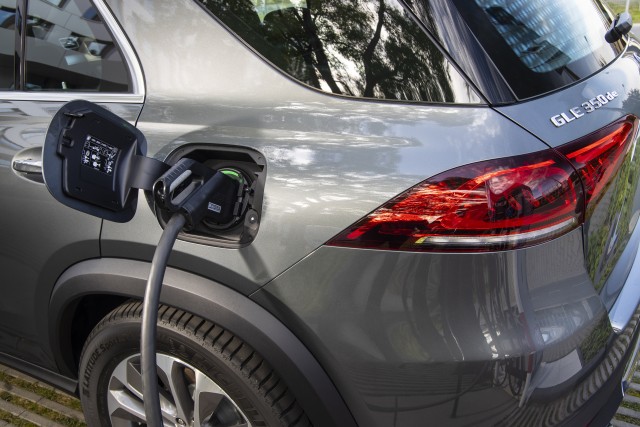
One of the best ways to cut down fossil fuel consumption is to, literally, cut down its consumption. Many aren’t aware of the latest generation of plug-in hybrid cars that are capable of slashing fuel consumption to a fifth. That’s right — not by a fifth but to a fifth! That potential 80 per cent reduction in fossil fuel consumption alone will make a huge positive impact if widely adopted.
The new generation of plug-in hybrids cars are, essentially, a stop-gap solution. There are no two ways about it. So, whether the country’s priority is simply cutting its import fuel bill or to actually reduce fossil fuel consumption and cut down on carbon emissions, including hydrocarbons, carbon monoxide (CO), and carbon dioxide (CO2), as well as emissions of oxides of nitrogen (NOx), the solution is already present.
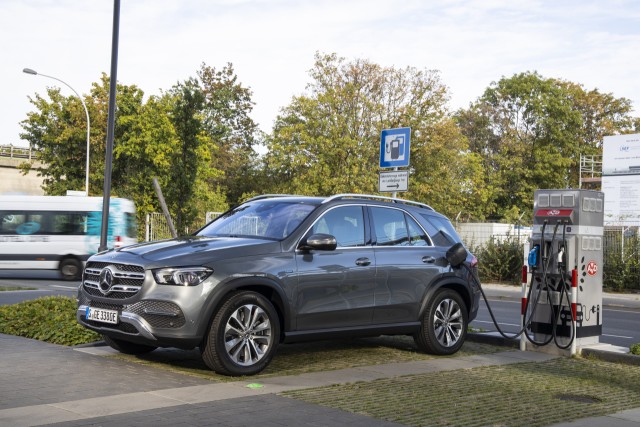
Consider the new Mercedes-Benz GLE 350 de 4MATIC, developed under the EQ Power umbrella. Its numbers widened eyes and dropped jaws following its reveal at the Frankfurt Motor Show held in September. It combines the now popular 2.0-litre, four-cylinder turbo-diesel engine with a new 100-kW (136 hp) electric motor that’s incorporated within the 9G-Tronic automatic transmission in its third-generation plug-in hybrid guise. A larger 31.2-kWh battery pack allows for an even longer zero-emission range of almost 100 km. The claimed weighted hybrid drive fuel efficiency figure is a mere 1.1 litres per 100 kilometres. That works out to 90.9 km/l. Yes, you read that right — something even a 100-cc motorcycle can’t really manage. More importantly, that means CO2 (carbon dioxide) emissions of just 29 g/km and far lower NOx (oxides of nitrogen), too.

The all-electric range is also increased by rapid recharging en route. The GLE 350 de has a combined charging socket for alternating current (AC) and direct current (DC) charging located on the left side wall, symmetrical with the fuel flap on its right. At a DC charging station, the battery can be charged from 10 to 80 per cent in about 20 minutes or to full charge in about 30 minutes. As such, a plug-in hybrid offers the best of both worlds. In the city, it can run in all-electric mode, while on longer highway trips it benefits from the added range thanks to the combustion engine. Overall, the vehicle is more efficient because it can recover energy under braking and also allow the combustion engine to run in a more efficient operating range. The intelligent, route-based operating strategy activates the full-electric mode when needed. It considers topography, speed limits, and the traffic conditions for the entire planned route thanks to navigation data.
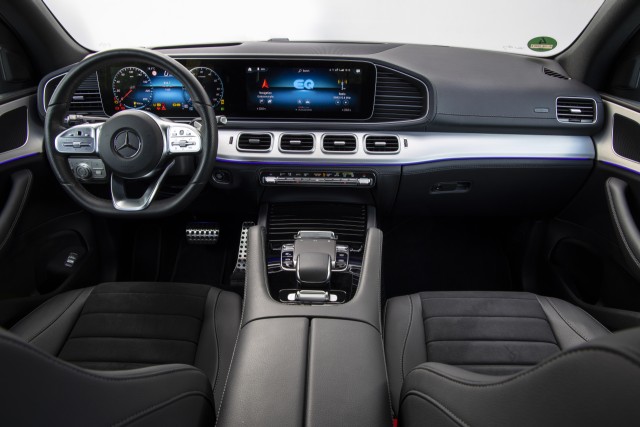
The new Mercedes GLE 350 de 4MATIC doesn’t feature styling that seems remotely alien-like. It looks as conventional as the normal GLE-Class SUV, feels just as conventional, drives just as well, and is just as safe as what the world has experienced from hybrid automobiles thus far. Even with the larger battery pack, a boot volume of up to 1,915 litres is available.
Deliveries of the new GLE 350 de have begin in Europe earlier this year. We hope Mercedes-Benz India consider it for their portfolio here as well. It won’t be cheap, but it will make a difference.

Also watch: Quick Video – Mercedes-Benz GLE 350 de 4MATIC EQ Power
Need to Know: Mercedes-Benz GLE 350 de 4MATIC EQ Power
Price: €80,000 (approx, in Germany, or Rs 64 lakh)
Engine: 1,950 cc, in-line four, turbo-diesel
Max Power: 194 hp @ 3,800 rpm
Max Torque: 400 Nm @ 1,600-2,800 rpm
Electric Motor: Synchronous, permanently excited magnet
Max Output: 100 kW (136 hp), 440 Nm
Battery Pack: 31.2 kWh, lithium-ion
Combined Peak Output: 320 hp, 700 Nm
Transmission: Nine-speed, hybrid-automatic, all-wheel drive
Suspension: Double wishbone front, four-link rear
Weight: 2,400 kg (approx)
Acceleration (0-100 km/h): 6.8 seconds
Top Speed: 160 km/h (electric), 210 km/h (hybrid)
Combined Consumption: 0.25 kWh/km (electric), 90.9 km/l (hybrid)
Electric Range: 99 km (WLTP)




